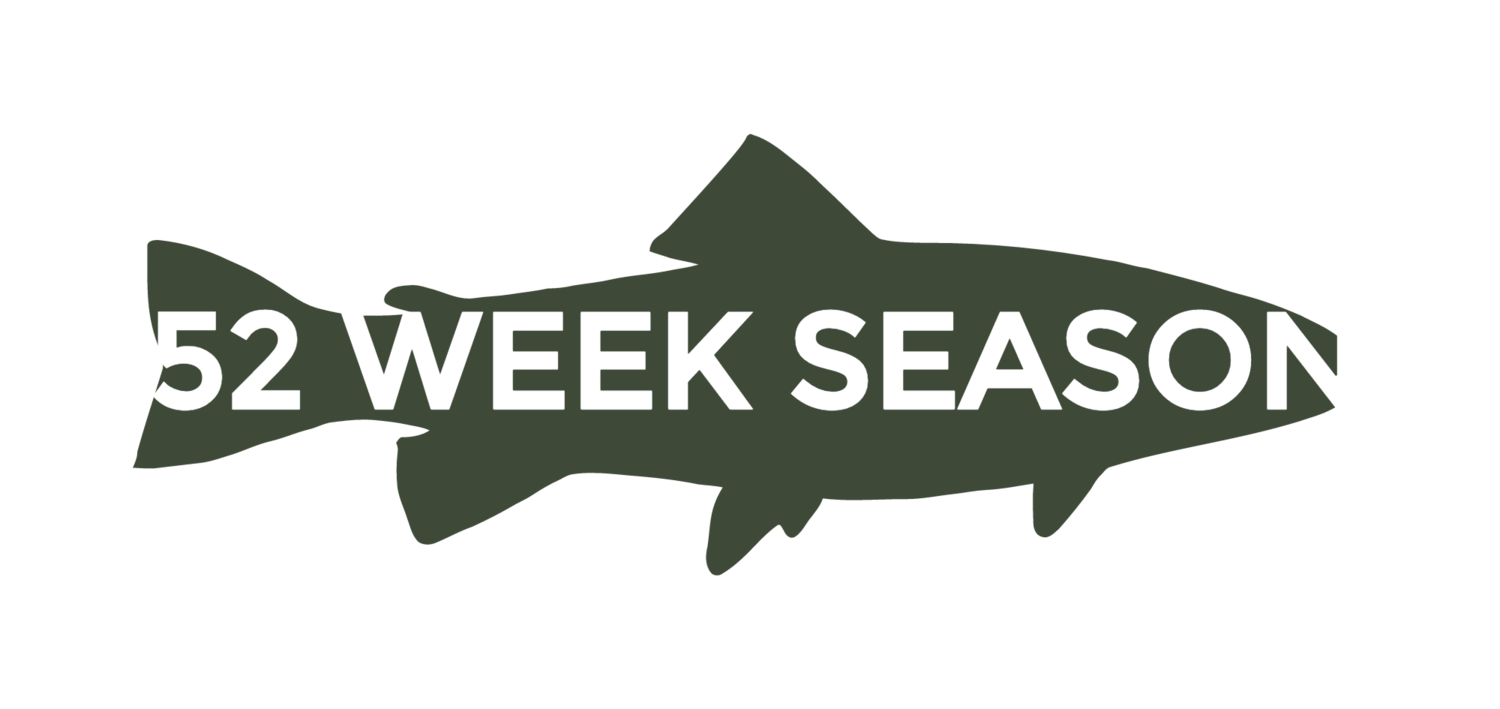Week 4. Copper Fox Distillery: Applewood-Aged Virginia Whisky
If you want to catch fish, you need to think like a fish. And when you do catch fish, you need a good whisky.
With those two truths in mind, I recently crossed paths with Copper Fox Distillery in Sperryville, Virginia. Their distillery sits in the shadow of Shenandoah National Park and specifically in the Thornton River watershed, whose tributaries like Piney River and the North Fork are some of the most productive brook trout streams in the region. Follow those waters down the slope past Oventop Mountain, and they converge as the Thornton River, which runs through the mountainside village of Sperryville and directly through the Copper Fox Distillery.
It turns out that the same conditions that those mountain brookies love — shaded, cool, clear water — also make for excellent whisky.
Follow these brook trout streams downriver to find Copper Fox Distillery
I’ve driven through Sperryville on countless mornings on the way to SNP to stalk brookies, but only recently was I lucky enough to try Copper Fox. They produce a rye, gin, and a flagship Wasmund's Single Malt that’s made with grains smoked from Piedmont applewood and cherry that make it one of the more distinct and highly-rated whiskies in Virginia.
I first tried their single malt in April at the Wakefield Shad Planking and finally caught up with owner Rick Wasmund on an August morning to hear more about their roots in Sperryville, sourcing of barley from the Northern Neck, and big expansion in Williamsburg.
Below are my question in bold, followed by Rick’s answers.
Your distillery sits in the shadow of Shenandoah National Park and some my favorite trout streams. How did you end up in Sperryville?
I’d tasted a lot of good whiskies but thought were all pretty similar, and I thought it would be fun to make a whisky with applewood and cherrywood and some of the native woods in Northern Virginia. There wasn’t something like that in existence. Oh, and I also needed a job I could do with my dog, Acacia — who’s also named after a tree.
A Sperrvyille sunset
We picked Sperryville because it was close to a lot of the old apple orchards near the Rappahannock. You’ve probably heard of the Apple Blossom Festival up in Winchester — we have a lot of apples here too, and the distillery is actually based in an old apple storage building. We also use some wild cherry indigenous to Virginia.
By the way, we’re opening up a distillery in Williamsburg, too, and we have a big pond in the back with some bass, so you’ll need to come fish that too.
It sounds like you source all from Virginia?
Yes, everything we use is from Virginia. We work with a couple of farmers in the Northern Neck for our grain, and get our barley from Heathsville from a farmer named Billy Dawson.
Our oak, cherry, and applewood is all from the area. We get our barrels from Virginia Gentleman based in Fredericksburg.
What kinds of whiskies to your produce?
We have our single-malt that is 100% barley, a rye whisky of 2/3 rye and 1/3 hand-malted barley, and a single-malt gin. We’re very proud of our single malt whisky that got a pretty insane rating of 94.5 in Jim Murray's Whisky Bible. We also have a peach wood that we’re introducing right before Thanksgiving and produce Founding Farmers Rye for the Founding Farmers restaurant in DC.
As a fisherman, I know how to drink whisky, but know little about the distilling process. Can you walk me through the process, from grain to glass?
Well the single-malt really highlights our process. It’s 100% malted barley. The grain has a very particular season that we follow. It’s plantedin the fall, typically in October, and then it grows through the winter.
Distilled in the Commonwealth of Virginia
By March and April, the fields are absolutely gorgeous and beautiful — full fields blowing in the wind. It’s mother nature at its best. We typically harvest the back half of May.
In our harvest process, we can store enough so that we can make whisky all year ‘round.
We use a traditional floor malting. The grain is soaked in water then drained. It is then spread on the floor where it is raked daily by hand, until the seeds partially germinate. This starts the process of changing the starch in the grain to sugar. Once the grain is ready, it needs to be dried out. For this we use smoke from burning the cherrywood or applewood in the kiln, and are burning about 30-35 cords per year.
Do you have any favorite parts about the job or traditions through the process?
The toast at the end. We age the whisky in applewood in the barrels, and when we’re ready to drink it, we pour the whisky, raise the glass, and toast the “to the wood.”






